Yoga Blog
Integrating Meditation and Yoga: Cultivating Inner Peace and Physical Well-being
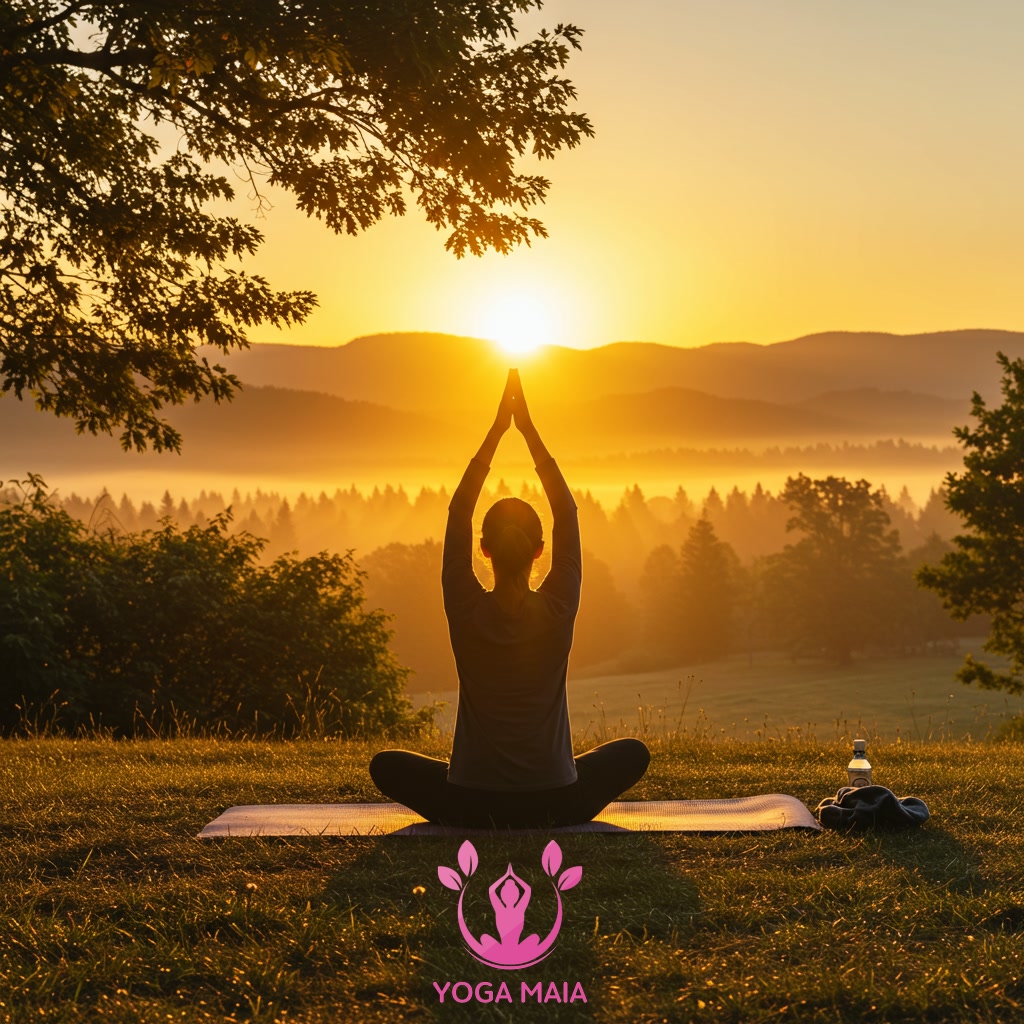
This content explores the synergistic benefits of integrating meditation and yoga practices. It focuses on cultivating both inner peace and physical well-being. By combining these disciplines, individuals can enhance mental clarity and physical vitality. The aim is to achieve a holistic state of health and tranquility.
Table of Contents
- Section 1: Introduction: Understanding the Path to Holistic Well-being
- Section 2: The Foundation: Exploring the Core Principles of Meditation
- Section 3: The Practice: Discovering the Benefits of Yoga for Physical Health
- Section 4: Bringing Them Together: The Synergy of Integrating Meditation and Yoga
- Section 5: Cultivating Deeper Peace and Strength: Combined Benefits of the Integrated Practice
- Section 6: Practical Steps: How to Integrate Meditation and Yoga into Your Routine
- Section 7: Conclusion: Sustaining Your Journey Towards Inner Peace and Physical Well-being
Section 1: Introduction: Understanding the Path to Holistic Well-being
Holistic well-being is more than just being free from illness; it’s about cultivating a state of balance and vitality across your physical, mental, and emotional dimensions. Often, we focus on one aspect at a time, but true peace and health emerge when we nurture the whole self. This document explores a powerful path to achieving this integrated state: the mindful integration of meditation and yoga. While distinct, these ancient practices share a common goal – fostering inner awareness and physical harmony. By weaving them together, we can unlock profound benefits for both our physical body and our mental landscape, paving the way for a life lived with greater presence, resilience, and overall vitality. This introduction sets the stage for understanding how these two disciplines, when combined, offer a comprehensive approach to nurturing your complete being.
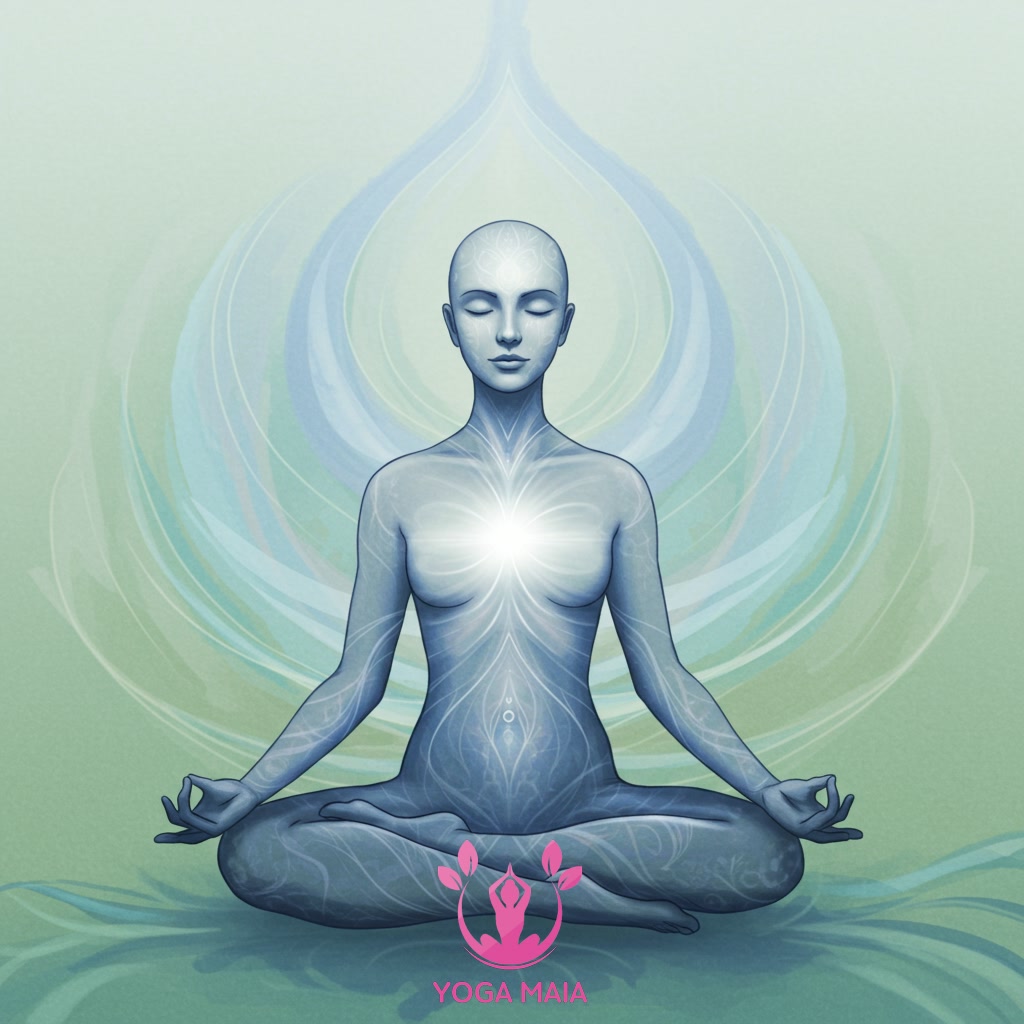 Introduction: Understanding the Path to Holistic Well-being
Introduction: Understanding the Path to Holistic Well-being
Section 2: The Foundation: Exploring the Core Principles of Meditation
Meditation forms the bedrock for cultivating inner peace, serving as a fundamental practice within the journey towards holistic well-being. At its core, meditation is not about emptying the mind, but rather training attention and awareness. Key principles involve focusing on a single point, such as the breath, a sensation, or a simple mantra, to anchor the mind in the present moment. Another crucial element is cultivating mindfulness – observing thoughts, feelings, and sensations as they arise without judgment or attachment. It’s a practice of gentle non-striving, acknowledging distractions and gently returning focus. Regular practice builds mental resilience, reduces reactivity, and fosters a deeper connection with one’s inner landscape, laying the groundwork for greater clarity and tranquility.
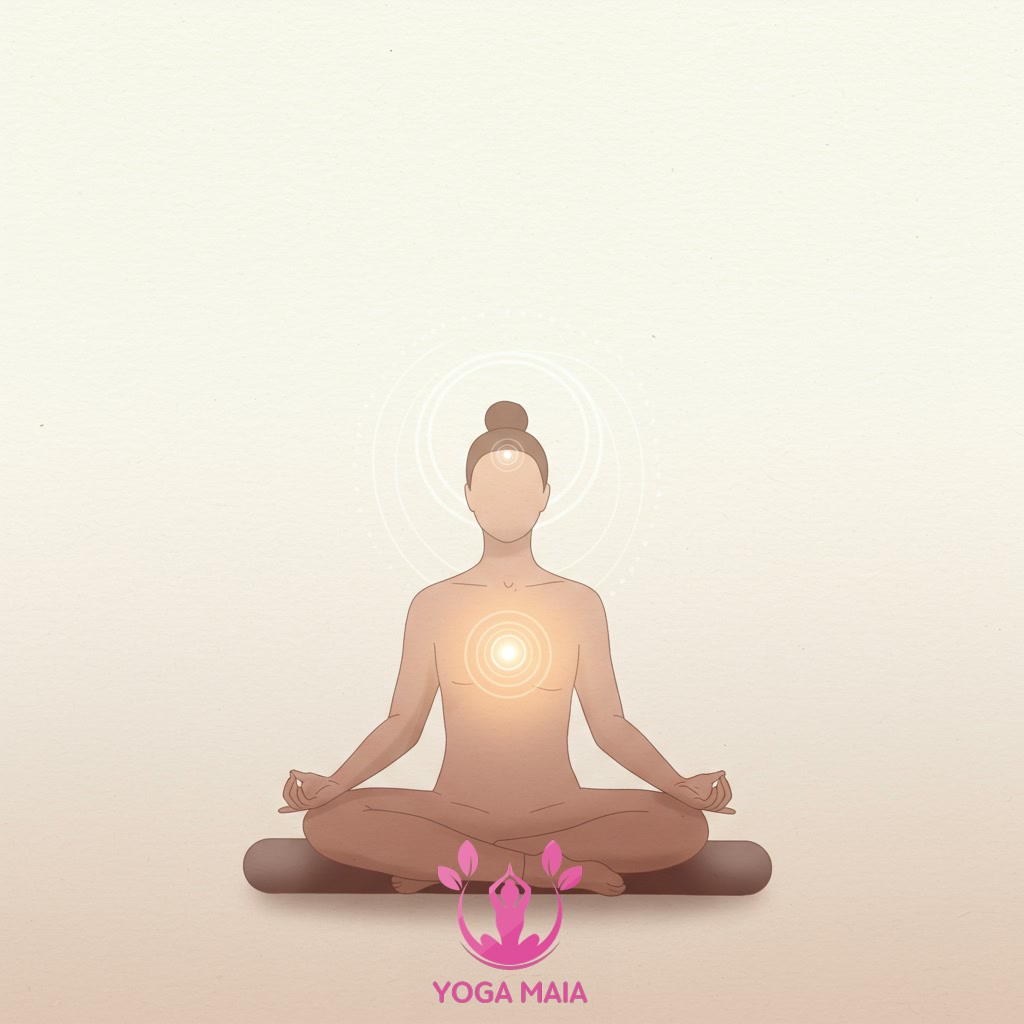 The Foundation: Exploring the Core Principles of Meditation
The Foundation: Exploring the Core Principles of Meditation
Section 3: The Practice: Discovering the Benefits of Yoga for Physical Health
Following the exploration of meditation as a foundation for inner peace, we shift our focus to yoga’s profound impact on physical health. The practice of yoga, through its varied postures (asanas), is a powerful tool for enhancing bodily well-being. Engaging in regular yoga sequences systematically stretches and strengthens muscles, improving flexibility and building lean muscle mass. Holding balanced poses cultivates stability and coordination, while conscious movement and alignment correct posture and alleviate physical discomfort. This active component of yoga boosts circulation, supports joint health, and increases overall vitality. By consciously moving the body and connecting with its physical sensations, practitioners build physical resilience and a deeper awareness of their bodily state.
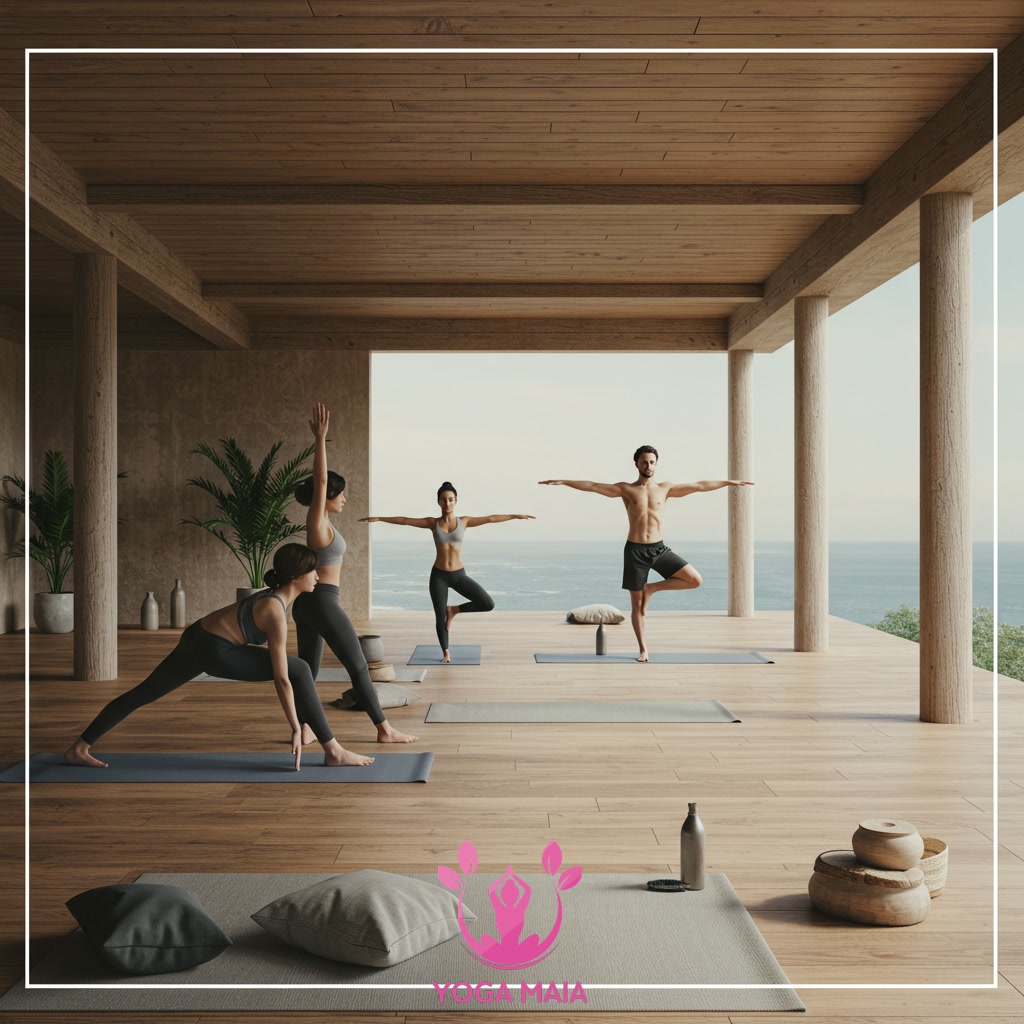 The Practice: Discovering the Benefits of Yoga for Physical Health
The Practice: Discovering the Benefits of Yoga for Physical Health
Section 4: Bringing Them Together: The Synergy of Integrating Meditation and Yoga
Building upon the exploration of yoga’s profound impact on physical health, the true power emerges when seamlessly integrated with meditation. This synergy creates a holistic pathway to well-being, where the physical discipline of yoga prepares the body for the stillness and focus required in meditation. Yoga’s asanas release tension and increase flexibility, making seated meditation more comfortable and accessible. Conversely, the mindfulness cultivated through meditation enhances awareness within the yoga practice, deepening the connection between breath, movement, and body. Together, they amplify benefits such as stress reduction, improved mental clarity, emotional regulation, and a stronger mind-body connection. This combined approach fosters a state of balanced vitality and inner peace, moving beyond mere exercise or relaxation to cultivate a truly integrated self.
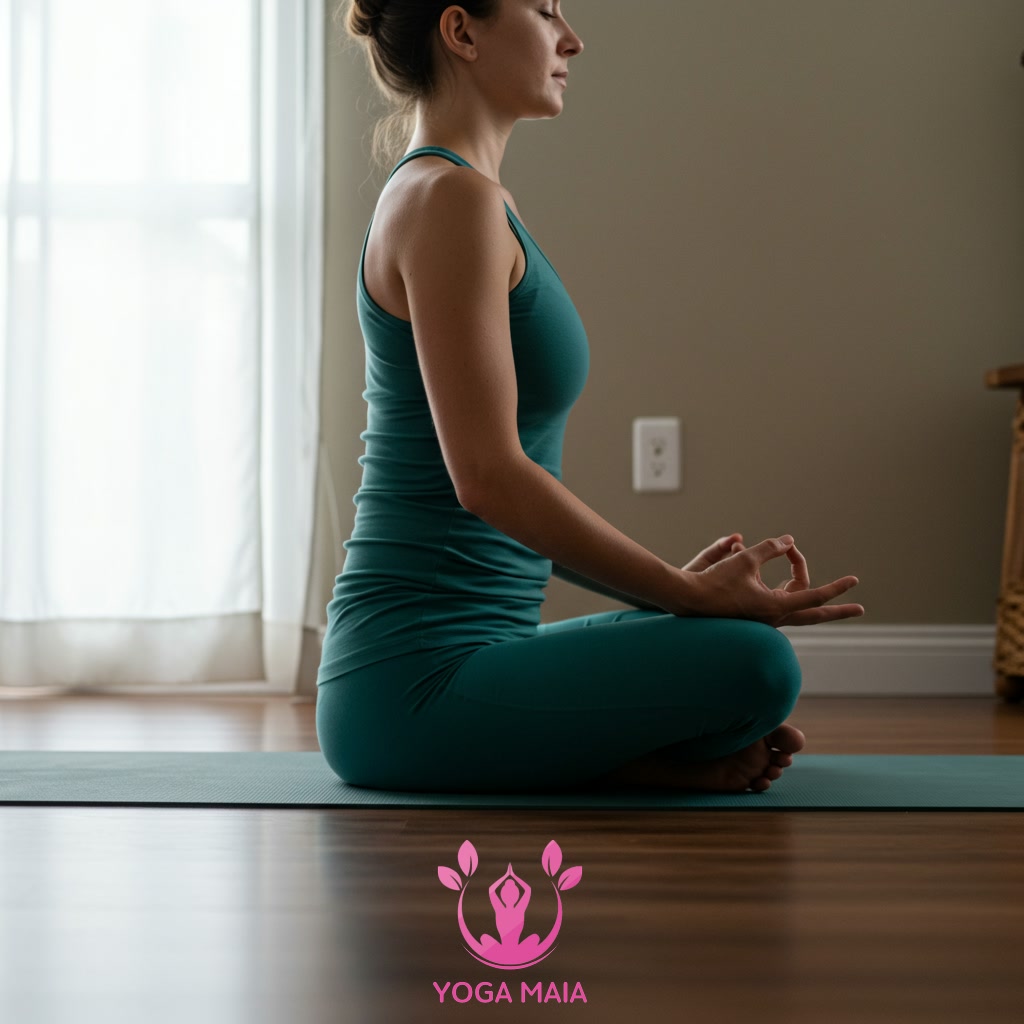 Bringing Them Together: The Synergy of Integrating Meditation and Yoga
Bringing Them Together: The Synergy of Integrating Meditation and Yoga
Section 5: Cultivating Deeper Peace and Strength: Combined Benefits of the Integrated Practice
Building upon the profound physical benefits explored in previous sections, the true power of these disciplines emerges when yoga is seamlessly integrated with meditation. This synergy cultivates a unique blend of deeper inner peace and physical strength. Yoga’s postures build physical resilience and flexibility, creating a strong and stable foundation. Simultaneously, meditation calms the mind, reduces mental chatter, and fosters emotional regulation, leading to profound inner tranquility. Together, they create a state where the body supports a quiet, focused mind, and a quiet mind enhances proprioception and mindful presence during physical movement. This combined practice helps reduce stress more effectively, improve concentration, and build mental fortitude alongside enhanced physical vitality, achieving a more holistic and sustainable state of well-being.
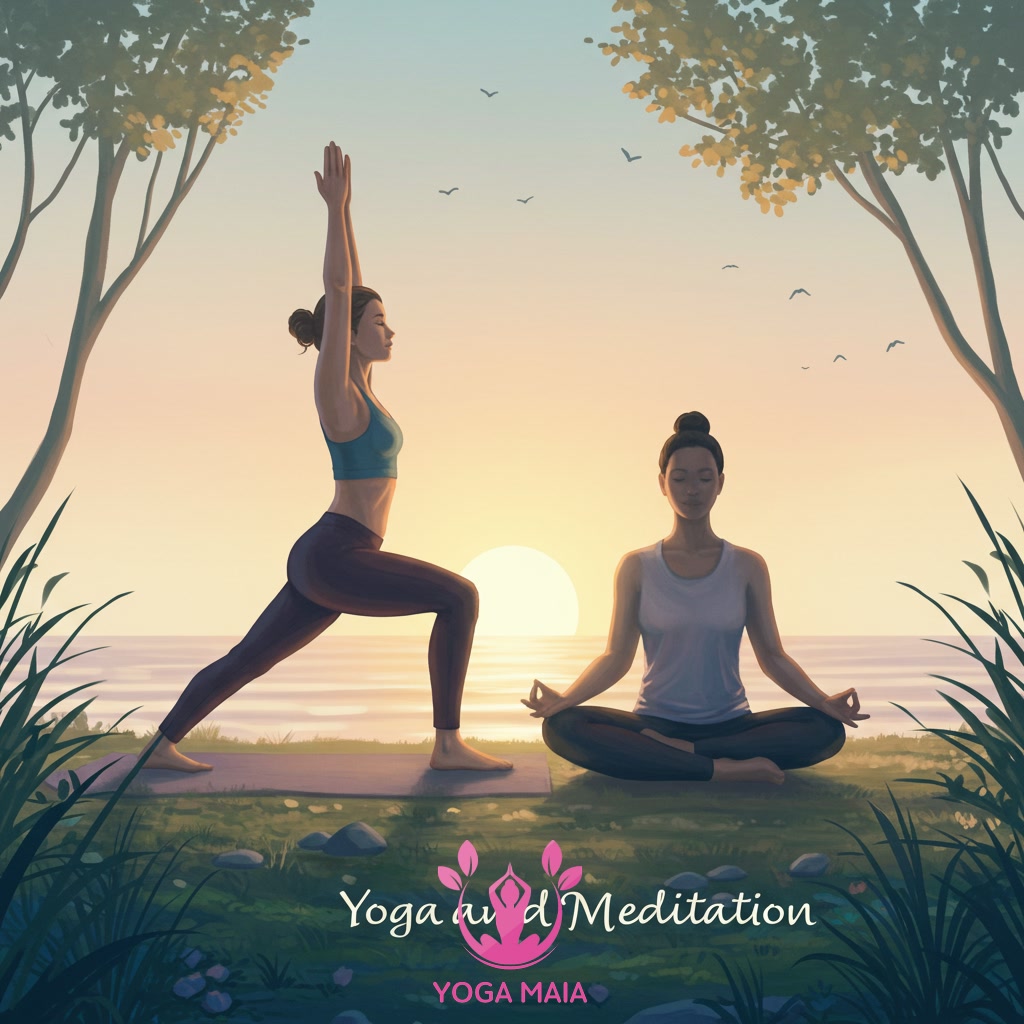 Cultivating Deeper Peace and Strength: Combined Benefits of the Integrated Practice
Cultivating Deeper Peace and Strength: Combined Benefits of the Integrated Practice
Section 6: Practical Steps: How to Integrate Meditation and Yoga into Your Routine
To practically achieve the synergy of integrating meditation and yoga, begin by allocating dedicated time in your daily or weekly schedule. This doesn’t require lengthy sessions; even 15-20 minutes combining both can be transformative. Consider starting with a few gentle yoga poses to prepare the body, followed immediately by sitting meditation. Alternatively, weave mindfulness and focused breathwork, key elements of meditation, into your yoga practice itself, paying close attention to sensations and movements. Find a quiet space free from distractions. Consistency is more important than duration, so start small and gradually increase the time as comfortable. This step-by-step approach makes integrating these powerful disciplines accessible and sustainable, unlocking their combined potential for enhanced well-being.
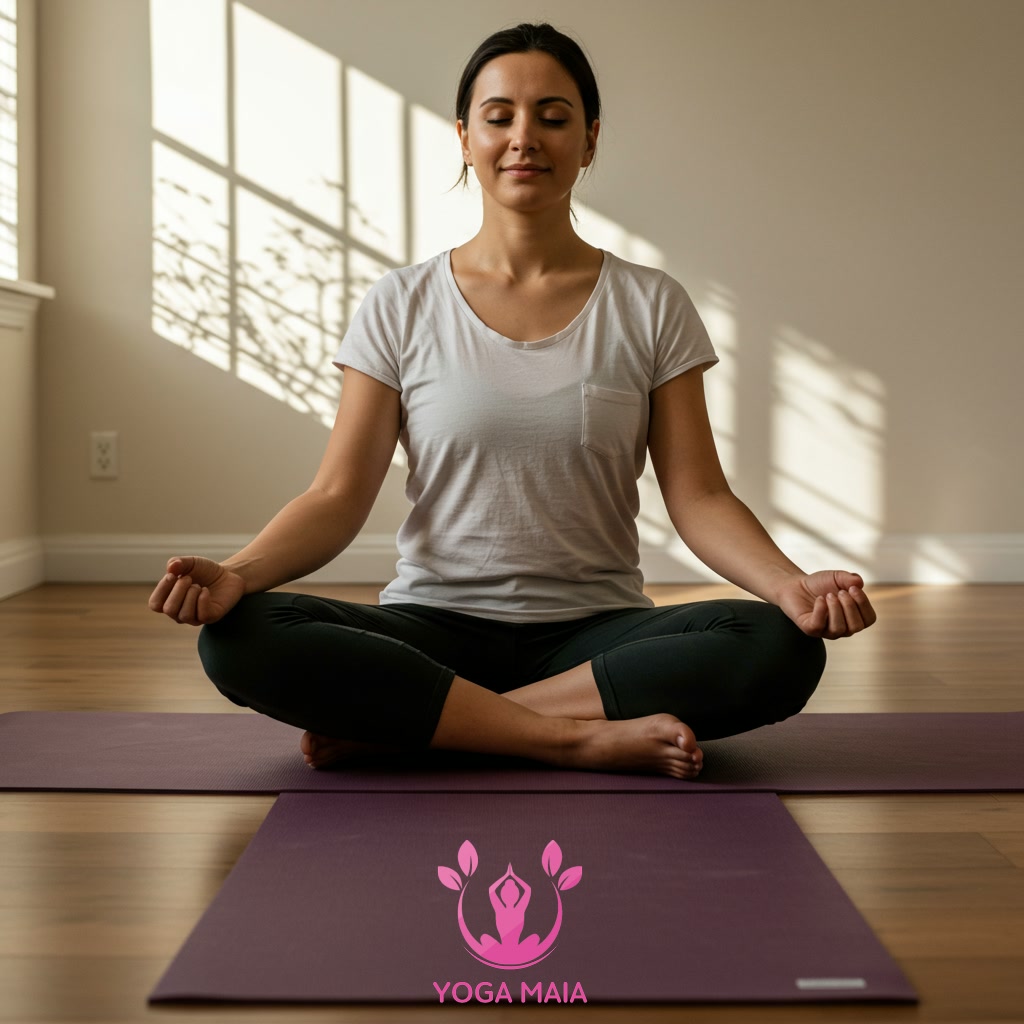 Practical Steps: How to Integrate Meditation and Yoga into Your Routine
Practical Steps: How to Integrate Meditation and Yoga into Your Routine
Section 7: Conclusion: Sustaining Your Journey Towards Inner Peace and Physical Well-being
This concluding section emphasizes that integrating meditation and yoga is not a one-time fix but a continuous practice. To truly sustain the benefits of inner peace and physical well-being cultivated through consistent effort, view these practices as integral parts of your lifestyle. Embrace flexibility; some days might allow for longer sessions, while others might only accommodate a few minutes. The key is regularity and patience, acknowledging that progress unfolds gradually. As you continue, listen to your body and mind, adapting your practice to suit your evolving needs. By committing to this ongoing journey, you deepen your connection to yourself, fostering resilience, clarity, and enduring vitality.
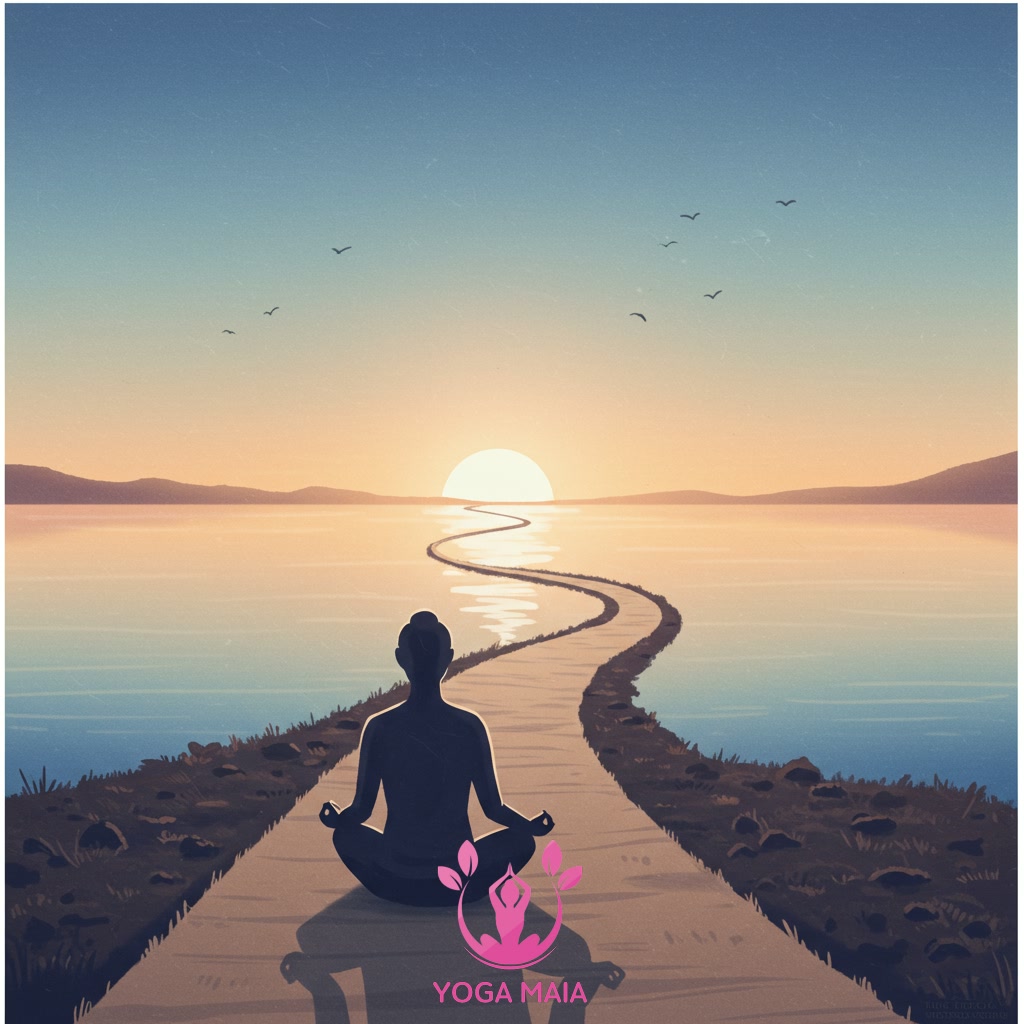 Conclusion: Sustaining Your Journey Towards Inner Peace and Physical Well-being
Conclusion: Sustaining Your Journey Towards Inner Peace and Physical Well-being












